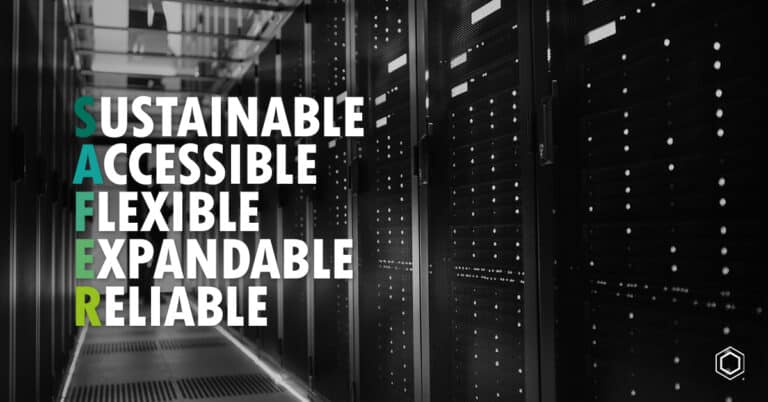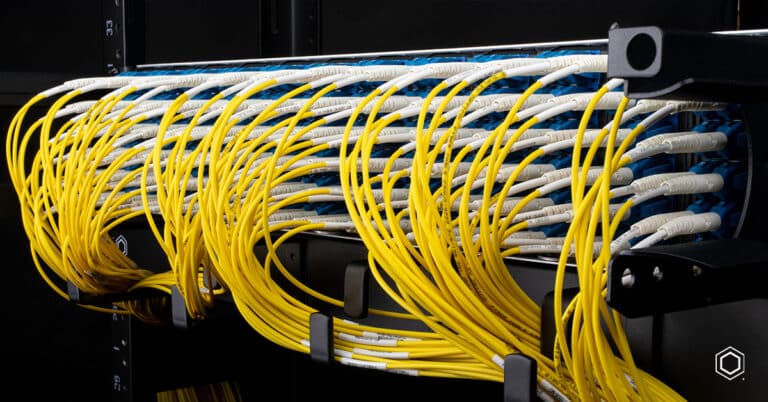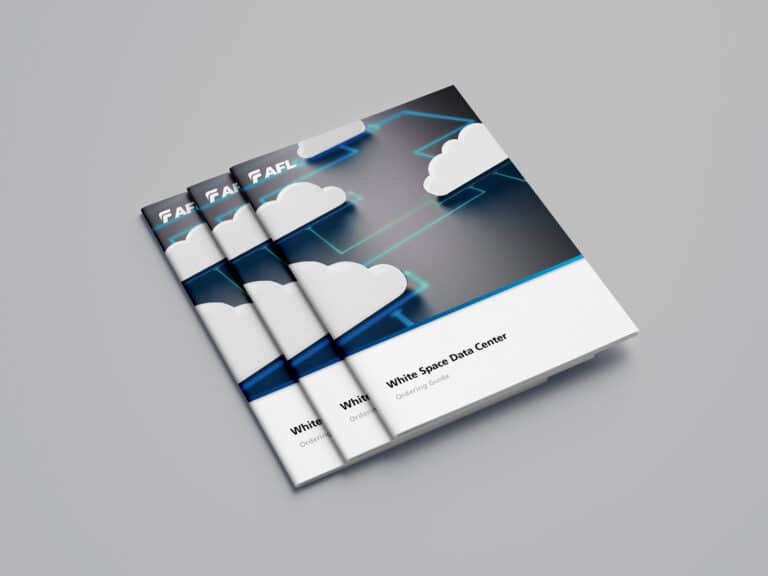The rapid evolution of technology presents businesses with an array of complex decisions, especially when it comes to IT infrastructure. The strategic choice between on-premise, full cloud, and hybrid cloud models can significantly impact an organization’s performance and cost efficiency.
Deciding where to place applications and data requires a thorough understanding of the applications themselves and the benefits and potential risks associated with each model. Platforms like Office 365, Salesforce, and S4/HANA have normalized enterprises’ Software-as-a-Service (SaaS) model, suggesting a natural fit for these applications in the cloud or hybrid models. Moreover, we’re seeing a trend towards cloud-native applications – those designed specifically to harness the benefits of the cloud environment. This trend further emphasizes the need for a strategic approach toward adopting cloud or hybrid models.
On the other hand, traditional or resource-intensive applications may have different needs. Legacy systems that aren’t designed for the cloud or that handle sensitive data may require the security and control an on-premise data center offers. Specific applications, especially those with CPU/GPU-heavy workloads, can incur high tariffs in the cloud. For such applications, the capital outlay and operational costs might offer better payback when implemented on-premise.
Cloud Migration: Pros, Cons, and Unintended Consequences
Cloud migration promises a host of benefits. The scalability and flexibility inherent in the cloud architecture allow organizations to respond rapidly to changing business needs. The pay-as-you-go model can lower costs. Additionally, eliminating on-site hardware can free up CAPEX and resources for other purposes.
However, migrating to the cloud is not without its set of challenges. One potential pitfall businesses often encounter is a loss of IT control. As systems and data move off-premises, the ability to monitor and manage these resources can diminish, often leading to a phenomenon known as shadow IT, where departments deploy their own cloud solutions without central oversight. This lack of control can increase the risk of security breaches, data leaks, and spiralling costs. Furthermore, cloud migration can lead to shifts in governance.
With the transition to the cloud, the responsibility for the underlying IT infrastructure moves from managing IT infrastructure assets to managing cloud instances, and with it, a migration of the responsibility from being predominantly an IT function to a finance function. The onus of understanding and managing the costs associated with cloud services often falls to financial decision-makers, requiring a different skill set and approach compared to traditional IT management.
The pay-as-you-use nature of the cloud can, in certain circumstances, lead to unexpected or runaway costs. These can be especially challenging to manage if usage patterns are poorly understood or demand spikes unexpectedly. This situation is like deciding between leasing a car for its convenience and no upfront outlay versus buying one outright for its long-term cost advantages. If the leased car is used more frequently than anticipated, the costs can quickly exceed those of outright ownership.
However, with effective planning and management, these challenges can be mitigated. By understanding the specifics of cloud pricing models, monitoring usage, and applying governance controls, businesses can harness the benefits of the cloud while managing its potential pitfalls.
Lessons learned from Cloud Hyperscalers
While you may not choose or be unable to lift your entire application estate into the cloud, you can learn a few things from how these cloud hyperscalers operate their data centers. These industry leaders have achieved incredible economies of scale, largely through adopting a modular approach and automating various processes in their approach to fiber and cabling infrastructure, especially from our perspective. Much like every data center, they need to ensure that the underpinning infrastructure to all their software and hardware innovation isn’t undermined by poor planning.
Through years of thought and detail design, they build their networks modularly with the optimum fiber counts to achieve highly reliable and expandable architectures, which offer flexibility, scalability, and ease of access for their customers, all with the ever-increasing backdrop of carbon neutrality in mind.
We cover this in much more detail in our whitepaper, which you can find here, introducing the SAFER methodology. Couple this with the efficiency of resources delivered through virtualization and automation; these practices offer a good blueprint for any data center operator.
IDC’s Worldwide Enterprise Infrastructure buyer and cloud deployment forecast (2021 – 2026) illustrated that while the trend toward the cloud is certainly upward. Non cloud infrastructure spending still sits between 30% – 40% of overall spend for the short to medium term. Considering the market size, this is not an insignificant spend accounted for by the Enterprise data center.
Whether your journey involves moving to the cloud, adopting a hybrid model, or sticking with an on-premise data center, AFL Hyperscale is here to support you. Our experience working with the largest cloud operators has led to offerings designed to provide robust, scalable support, no matter the complexity or size of your operations. As your trusted partner in infrastructure solutions, we are here to help you create a flexible, efficient, and future-ready IT environment.








